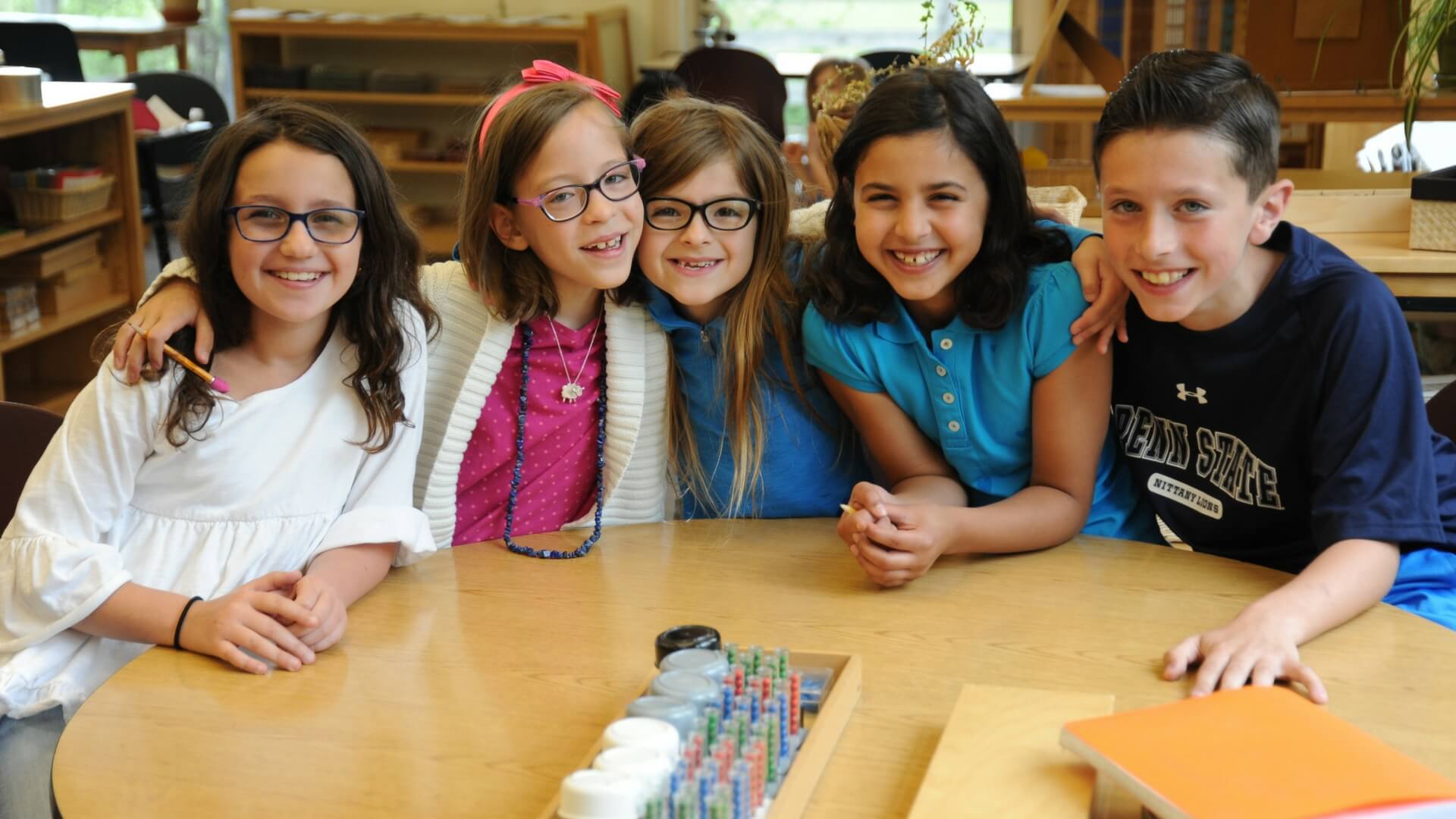Social and emotional development are critical learning aspects for young children. As they grow and mature, children must learn to recognize new emotions in others and understand how to interact in healthy, positive ways. Developing socially and emotionally also allows them to find new ways to handle disagreements and social negativity. Although this is a challenging learning sphere for children, there are many fun and simple ways to encourage this social education and teach practical, emotional skills. As our children progress through each stage of social and emotional development, we must help them find all the needed tools for positive and healthy future relationships.
Kindness Tree
Help your child find fresh ideas of how to reach out in kindness to others by building a “Kindness Tree” full of positive examples and ideas. Use a large piece of poster board or cardboard and trace and cut a trunk-like shape with plenty of empty branches. Tape to a wall; cut out a large assortment of colorful leaves from construction paper.
Demonstrate the purpose of the leaves to your child. Give an example of something nice you could do for someone else. Briefly, write the idea down on the leaf and tape it to one of the tree’s branches. After your child understands the concept of the leaves, ask them for different ideas of how they can be nice. Their answers should include simple things such as sharing their toys, smiling, hugging, or saying nice words. Encourage them to give as many new ideas as they can. If they seem confused or run out of inspiration, throw in some of your own ideas to help them continue. By the end, you both should have a beautiful tree full of kindness to share.
Popsicle Stick Emotions
Even very young children recognize and understand many basic emotions. Smiles and frowns are easy facial expressions to interpret. However, some children struggle when it comes to more complex emotions such as sadness, guilt, fear, or excitement. While they may understand what these emotions mean for themselves, translating this behavior in others may prove a little more difficult. As parents, it’s always wise to allow our children to regularly practice identifying and explaining emotions.
Create an assortment of “practice faces”with popsicle sticks and simple cartoon faces or expression clip-art. Use as many different expressions as you can find to give your child an interesting variety to experiment with. Cut out each face and glue to the top of each popsicle stick. As an optional feature, write the name of each emotion on the stick itself. Show your child the sticks and ask how many of the “faces” they can name. Can they give examples of when these “faces” would show up in real life? Practice naming and describing each emotion with them. Mix up the sticks and give short stories or illustrations that demonstrate each emotion’s behavior; ask your child to pick the “face” that matches the scenario you give.
Charades
Children are natural actors. Most love nothing better than to “play pretend” or “make-believe.” Capture the power of your child’s imagination and use it to help them learn the value of empathy. Learning to understand another person’s emotions and thought processes is one of the most valuable skills we can give our children. Without healthy empathy and understanding, building relationships will always be a struggle.
Set up a game of charades to demonstrate each emotion and how it fits into various scenarios. Start the game off by asking your child to tell you a short story about something happy. Play-out the story by showing a happy smile and appropriate body language. After demonstrating, give your child a turn. Tell them a pretend story about something upsetting that happened. Ask them to show you how this might make you feel. Praise them if they correctly demonstrate a sad body language. Continue the game with other simple emotions such as excitement, anger, and fear. With practice, you can even extend this game into more complex emotions such as guilt, nervousness, shyness, and love.
Social and emotional development is a vital part of our child’s education; there are many simple tools and activities we can use to encourage healthy interactions and empathy for others. By helping our children learn to correctly identify emotions and thought processes, we are giving them the foundation for understanding and empathizing with others, particularly when they’re school years begin.


